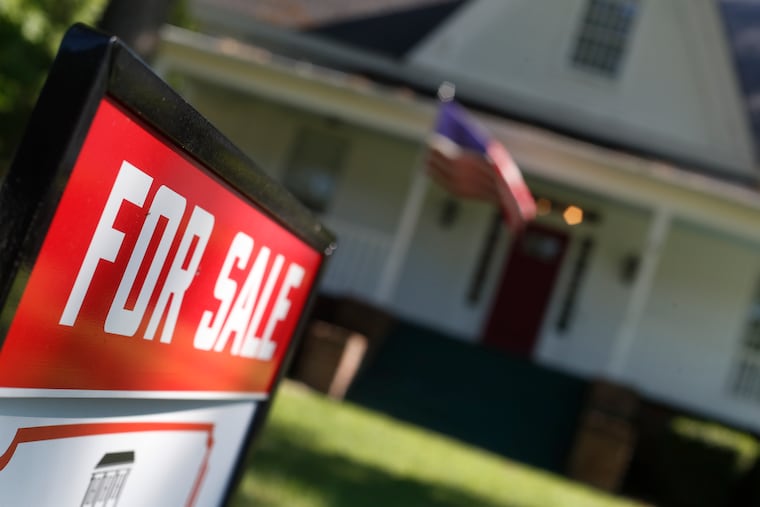When does refinancing into a 15-year mortgage make sense?
Is the money you ultimately save worth the higher payment every month, keeping in mind other goals you may have for this money?

Refinancing from a 30-year, fixed-rate mortgage into a 15-year fixed loan can help you pay down your mortgage faster and save a lot of money on interest, especially if rates have fallen since you bought your home.
The shorter mortgages tend to have lower interest rates, and this means more of your payments will go toward the principal balance of the loan.
A 15-year mortgage can be a good move for many homeowners, but it has some drawbacks. For starters, your monthly payment will likely increase because you’re compressing the repayment schedule into a shorter time frame. That means you’ll have less cushion in your monthly budget, especially if you’re on a fixed income.
For candidates who have sufficient cash flow, this move can be advantageous, despite the higher monthly payment. Good candidates include homeowners who have been in their homes for several years and have a monthly budget and income that permit the higher payment, without cutting things too close.
Before you refinance into a 15-year mortgage, shop around and compare current refinance mortgage rates from different lenders.
What’s the difference in payments?
The minimum monthly payment on a mortgage is the amount required to be paid in full each month. As the minimum payment for a 30-year mortgage will be lower than that of a 15-year mortgage, this allows more flexibility within your monthly budget. That can come in handy if your income changes, you lose a job, or you have financial emergencies to cover.
When considering converting to a 15-year mortgage, homeowners should carefully consider the impact on their finances. You should evaluate the impact on your ability to pay monthly expenses and how the higher payment will affect your capacity to pay down debts and invest — compared with your current scenario with a 30-year mortgage.
If your goal is just to pay down your mortgage faster, you can do that with a 30-year loan by simply making periodic extra payments. If you make enough extra payments over your loan term, you can easily shave off time from your loan, even 15 years if you desire.
The catch with this strategy is that you’ll still pay a somewhat higher interest rate on the 30-year mortgage compared with a 15-year loan. You also need to earmark extra mortgage payments to go specifically toward paying down your loan principal.
Let’s look at an example of how a lower interest rate and shorter loan term affects the principal amount of a mortgage. In the example below, a homeowner with a 30-year $200,000 mortgage can pay it off in 15 years by adding $524 to each monthly payment.
With a 30-year mortgage, you can skip the extra $524 payment any month you want if you lose your job or have an emergency expense to cover. A 15-year mortgage with a higher minimum payment, however, doesn’t give you that flexibility.
To calculate the effect of making extra payments (each month, annually, or one time), use Bankrate’s mortgage amortization calculator. Input the loan amount, term, and interest rate, then click the “show amortization schedule” button, which reveals a section that lets you calculate the effect of extra payments.
Drawbacks of refinancing into a 15-year mortgage
Having all your money tied up in your home can be risky. Many financial experts recommend having at least three to six months of emergency savings set aside in case you lose your job or cannot work for extended periods.
Instead of refinancing a mortgage, you could contribute more money toward a 401(k) plan or an IRA account, or beef up your emergency savings fund. The latter approach helps you avoid revolving credit card balances from month to month and incurring more debt at a higher interest rate.
“Mortgage debt is low-cost debt, and pouring more money into an illiquid asset — your home — may do more to limit your financial flexibility than enhance it,” says Greg McBride, CFA, Bankrate’s chief financial analyst. “Money in the bank will pay the bills; home equity will not.”
After paying off high-interest debt, saving for a rainy day and boosting retirement savings should be top priorities. Paying off your mortgage early means you may have less money to stash away for the future.
“Before you saddle yourself to the higher payments of a shorter-term mortgage, make sure you’re maximizing your tax-advantaged retirement savings options, your Health Savings Account, and your 529 college savings accounts,” McBride says. “Paying down a low-rate, potentially tax-deductible debt, is a comparatively low financial priority.”
Questions to ask before refinancing into a 15-year mortgage
Can you afford the higher monthly payment?
Is the money you ultimately save worth the higher payment every month, keeping in mind other goals you may have for this money?
Instead of the higher payment, would you be investing this money? At what likely level of return?